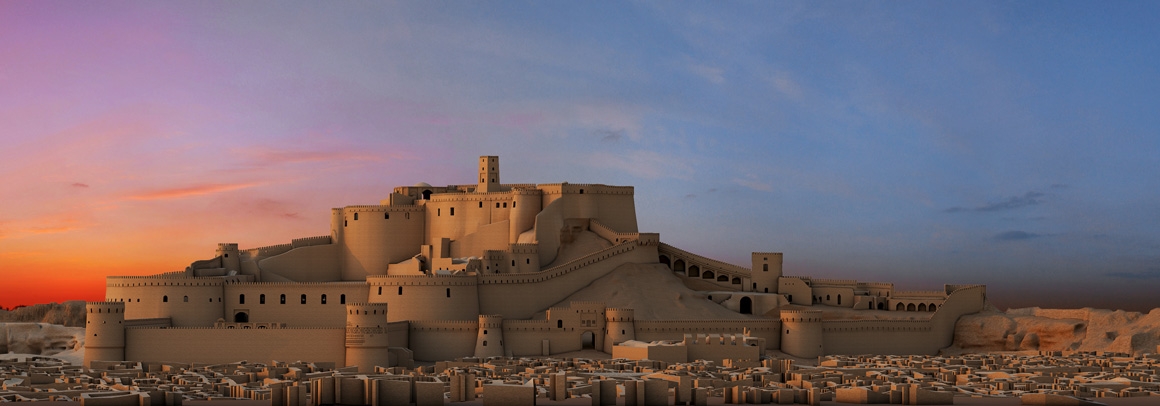In 2011 the population of the province was 2,938,988 (1482339 male,1456649 female) in 786,400 households. In 2011 the population of the province was 2,938,988 (1482339 male,1456649 female) in 786,400 households.1684982 lived in urban areas,1242344 in the rural vicinities and 6082 accounted as non residents. The city of Kerman (2011 population: 621,374) embraces about 80% of the urban population, being the most developed and largest city of the province.
The altitudes and heights of the province are the continuation of the central mountain ranges of Iran. They extend from the volcanic folds beginning in Azarbaijan, and by branching out in the central plateau of Iran, terminate in Baluchestan. These mountain ranges have brought about vast plains in the province of Kerman.
Most of the province is largely steppe or sandy desert, although there are some oases where dates, oranges (said to be the best in Iran), and pistachios are cultivated. The province is dependent on qanats (underground water channels) for its irrigation. In the central parts, Mount Hezar is the highest peak, 4465 meters above sea level.
The climate in the province varies in different regions. The north, northwest, and central areas experience a dry and moderate climate, whereas in the south and southeast, the weather is warm and relatively humid. The city of Kerman and the surrounding regions have a semi-moderate and dry climate.
Kerman province is considered a paradise for palaeontologists because of an abundance of vertebrate fossils from different geological eras. Fossils include Placodermi, jawed and jawless armoured fish dating back to the Devonian period (395 to 365 million years ago), dinosaurs dating back to the Jurassic period (195 to 65 million years ago) and mammals from the Tertiary period (ranging from two to seventy million years ago).
The history of human settlements in the territory of Kerman dates back to the 4th millennium BC. This area is considered as one of the ancient regions of Iran and valuable historical vestiges have been discovered here. Jiroft is an example, where a previously unknown settlement dating back to around 2500BC has just been established by archeologists. Kerman has an abundance of historical sites and landmarks, 283 in total, according to Iran's Cultural Heritage Organization. Ancient abandoned citadels such as Arg-é Bam and Rayen castle have been preserved in the desert for two thousand years.
Historical documents refer to Kerman as "Karmania" (in Ancient greek Καρμανία), "Kermania", "Germania", "Carmonia", and "Žermanya", which means bravery and combat. Geographers have recorded Kerman's ancient name as "Go'asheer" (Bardesheer).
Natural attractions include thermal and mineral springs, recreational areas, verdant spaces, altitudes and peaks, lakes, pools, protected areas and the special desert features for adventure seekers.
Kerman is where a large portion of Iran's auto industry is based. Sirjan, a specially designated economic zone, is considered a passage-way for transfer of imported commercial goods from the south (through the Persian Gulf). Arg e Jadid, is another specially designated economic zone of Iran, located in Kerman province.
Climate : Warm
OldName : Karmakiya ،Gavashir , Germania
Area : 183714
Population : 2938988





